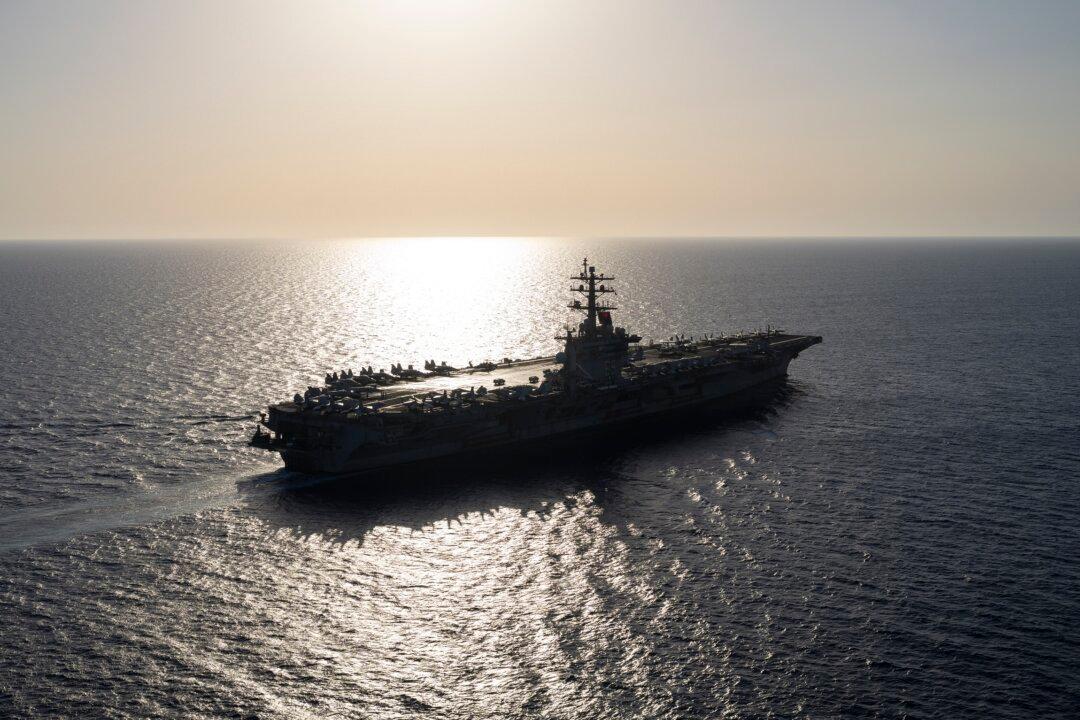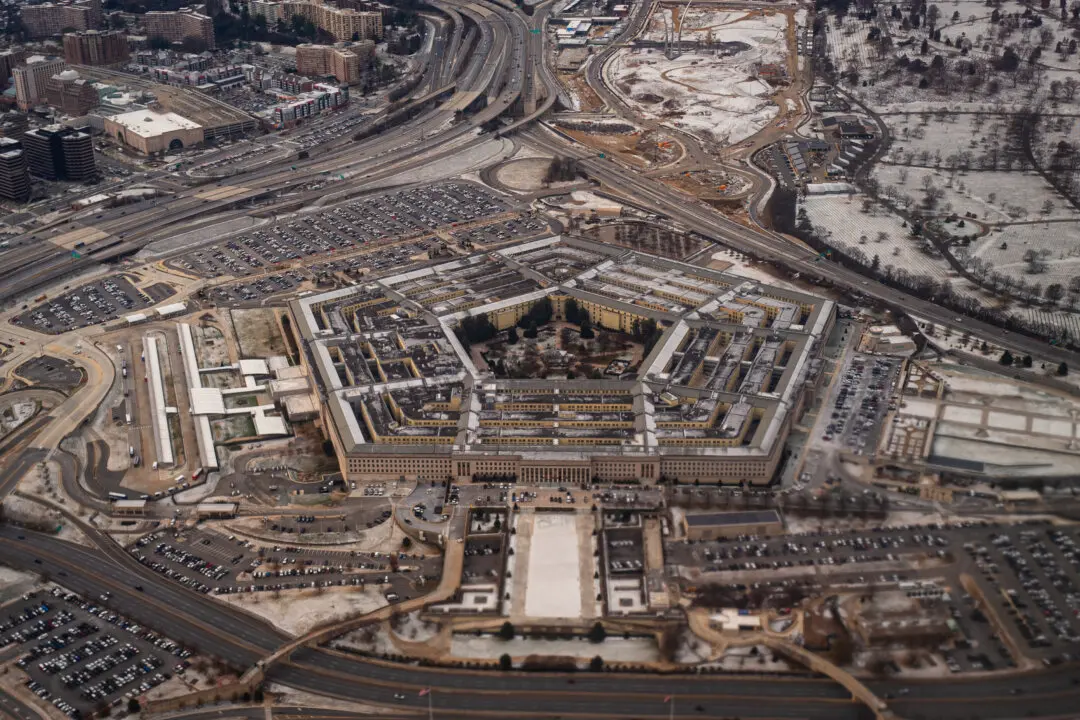The U.S. Navy’s Dwight D. Eisenhower Carrier Strike Group left the Red Sea region this weekend after fighting there for nearly eight months to stop the Houthi drone and missile attacks targeting commercial shipping in the key waterway.
Pentagon press secretary Maj. Gen. Pat Ryder said that the carrier strike group officially left the U.S. Central Command (CENTCOM) area of responsibility and would transit the Mediterranean Sea back to the United States.





